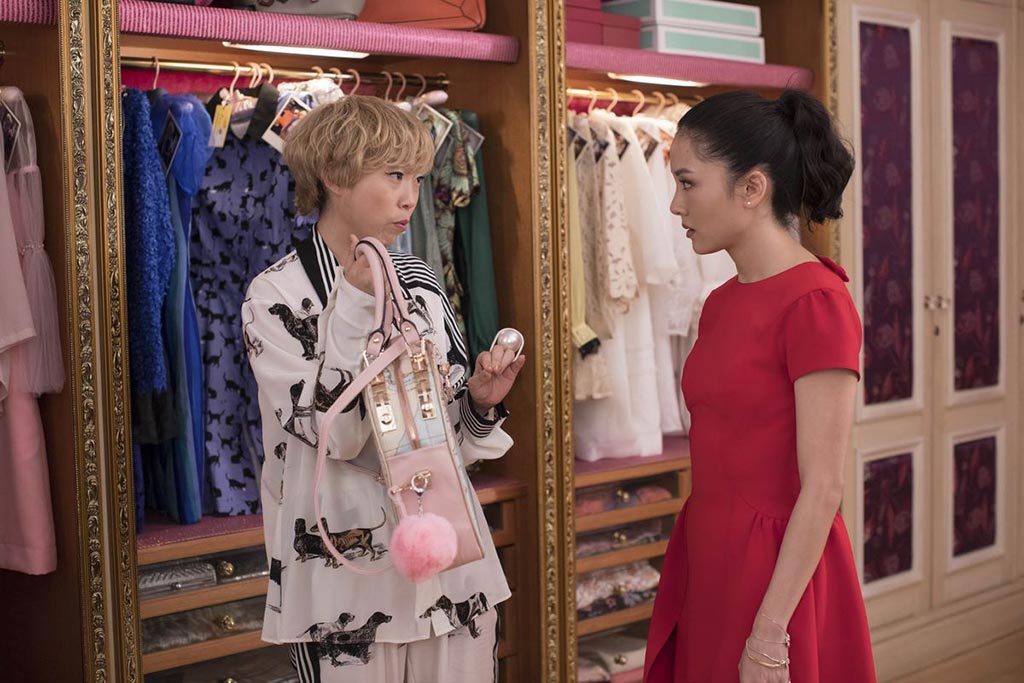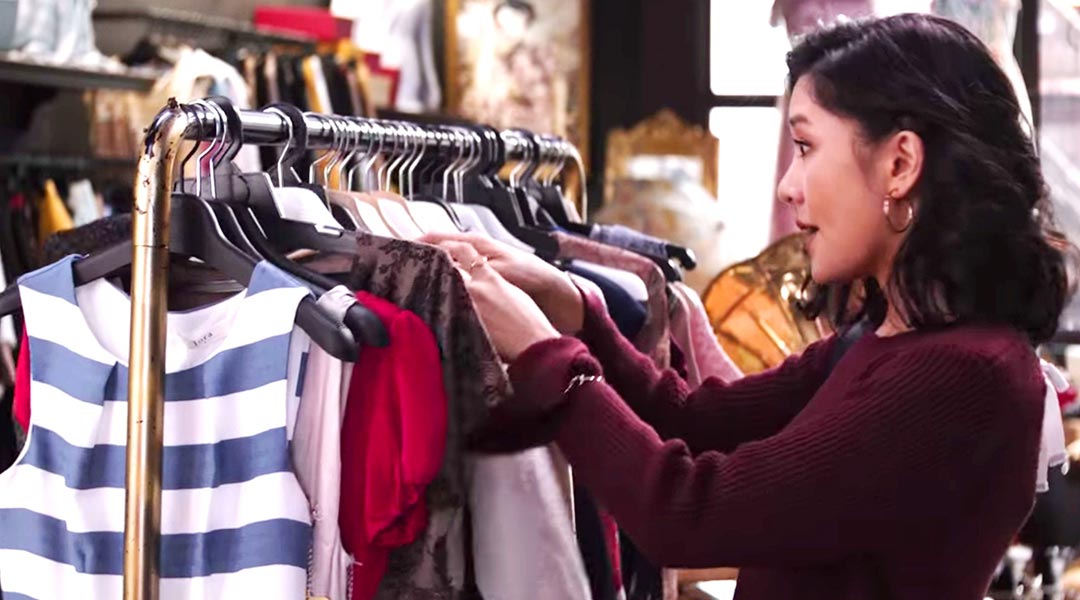While it’s initially created to celebrate singledom in China, 11th of November has now become the biggest shopping event in the world known as the Single’s day or 11.11 shopping festival. With promising sales performance, e-commerce platforms are definitely transforming how consumers disburse their money, and small-medium enterprises (SMEs) are starting to take notice by investing in these platforms.
RELATED: The State Of The Philippines’ eCommerce: How Retail Brands Benefit
As a matter of fact, according to the analysis of the iPrice Group, “Singles’ Day sale has surpassed yet again its recorded revenue from last year earning of 30.8 billion USD.” While the figure is considerably significant, it is still incomparable compared to the performance of e- commerce giant Alibaba whose sales hit over 1 billion USD in just 85 seconds alone.
Lazada and Zalora, two of the biggest e-commerce platforms in the country, have shared insights exclusively with MEGA about their observations and key insights from the recently concluded online campaign. According to Lazada, they saw an influx of orders, “at the stroke of midnight, shoppers across Southeast Asia placed a total of 1.2 million orders within the first 60 minutes.” In similar fashion, Zalora’s online campaign has also posted growth in their platform, ”Increased [their] traffic by over 200 percent and the items ordered by over 200 percent as well from 2017 to 2018.” These data show that there is a steady climb in popularity for the said sale in the region. It also proves that the 11.11 shopping festival is now nearly four times larger than Black Friday and Cyber Monday both of which originated from the US to align with their Thanksgiving holiday.

One Time, Big Time Shoppers
Since the 11.11 shopping festival is now becoming a modern phenomenon due to its results, it can be concluded that Filipino consumers today are becoming more tech-savvy and gaining the confidence to buy on the digital platform.
But based on iPrice group’s analysis of the SEA state of e-commerce, even if the Philippines ranks as the third highest share of mobile traffic in the region with 71.25 percent, the purchase rate only converts about 2.8 percent. The rationale behind this is because Filipino consumers have small purchasing power compared to the other countries in the region.
Although this may, as what Simon Baptist, Global Chief Economist and Managing Director of Economic Intelligence Unit (EIU) in Asia said about the state of Philippines’ e-commerce, once these platforms and SMEs are able to have and consistently maintain their customers’ trust, Filipinos will have the confidence to buy products from the merchant—even if it is costly.
This suggests that upon reading a series of product reviews online, whether through a blogger, media, or a fellow consumer, all the products that they have previously kept in their virtual cart for a period of time will be eventually checked-out and purchased—making them one time big time shoppers. As a concrete example, one of the best-selling categories in Lazada were mobile phones (e.g. Huawei and Apple) that consumers opt to spend their money at. So it can be assumed that the reason why the Filipino market’s behavior is such is because it has been innate in our culture to always value what we get from our hard-earned money.

Name it, They’ve Got It
The great thing about shopping in a virtual store is that they are able to connect multiple sellers and buyers in just one click. Ergo, this allows every possible consumer to find, and eventually buy whatever they’re looking for—from mobile phones, beauty products, shoes, to cars even.
According to Zalora, the most sought-after categories were women’s apparel and shoes. In fact, the latter was a very popular category to the extent that they were able to sell over 40 thousand pairs of shoes within 24 hours. As for Lazada, another category that performed well were beauty products (e.g. M.A.C. and Maybelline). Lazada explained that, “these are categories that are everyday essentials that you wouldn’t think twice of buying.”
However, what really makes this year’s 11.11 shopping festival grandiose was the newest and most luxurious offering of Lazada: a luxury vehicle. And it’s definitely not your typical sedan, because it was a limited edition MINI Monte Carlo priced at Php 3,650,000 each.

Shaping The New Economy
As the region’s digital economy is on an upward trend where the technology and data supporting it is growing at an exponential pace, the world of e-commerce is slowly but surely redefining the future of retail. And as various businesses or sole proprietors are able to connect with several consumers in real time, regardless of their location, they have to keep in mind that there is a responsibility they hold in shaping the new digital economy. Even if e-commerce platforms are continuously teeming the industry, and its consumers are spending a huge amount of money that enable them outdo their year on year sales, there are still a lot to be done in order to successfully transition and digitize. Efficient delivery times, trust amongst sellers, and ease of exchanges are still some of the hurdles that e-commerce platforms have yet to overcome but with this year’s promising performance, it looks like e-commerce as a whole has a bright future ahead.







